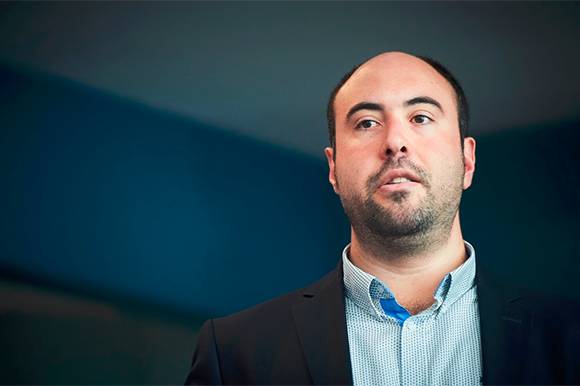The analysis points to growth potential for cinema exhibition in Eastern Europe, showing that 87.4% of the population in Eastern Europe have at least one cinema within a 30-minute drive, with the figure rising to 92.9% for a driving time of 45 minutes; 79.5% of Eastern Europeans have access to a monoscreen cinema within a 30-minute drive, but only 38.8% have access to multiplexes and also that the most common number of screens to which Eastern Europeans have access was, in most countries, between two and 10 for a 30-minute drive and between 11 and 20 for a 45-minute drive.
FNE: Despite having fewer screens per capita compared to Western European countries, cinema attendance reached record levels in Poland (+4.5 million, +8.7%), Romania (+1.5 million, +11.3%) and the Slovak Republic (+1.0 million, +18.1%) according to the report of the European Audiovisual Observatory comparing 2016 attendance to 2017 attendance. Why is that?
Julio Talavera: As it has been happening for many years now, not only in the cinema sector but in most economic sectors, these countries are catching up. While Western European theatrical structure and market are rather consolidated, there is still room for growth in Eastern Europe. The fact that attendance levels are growing in these under-screened countries comes to confirm there is scope for growth when it comes to theatrical infrastructure.
FNE: Despite the lack of multiplexes and a predominance of monoscreens, in most of the countries studied attendances are growing. Maybe audiences in Eastern Europe prefer monoscreens? If not then how do you explain the growing attendances despite the lack of multiplexes?
Julio Talavera: First of all, I would not say there is a lack of multiplexes, as approximately half of the population in most of the main Eastern European markets have access to at least one multiplex.
On the other hand, there is a difference between access and attendance levels; what we have measured in our analysis is the potential access to theatrical infrastructure and it is true indeed that a way larger share of the population in Eastern Europe has access to mono-screens compared to multiplexes, but we do not know the attendance levels of the different venues.
In other words, it may very well happen that most of the admissions in Eastern Europe are generated in large miniplexes and multiplexes despite being less accessible.
FNE: Do you think your findings will encourage cinema operators to invest in more screens for Eastern Europe?
Julio Talavera: Although the European Audiovisual Observatory is far from being a consultancy company, I believe the data in the report speak by themselves: the market is growing and the infrastructure is below European levels. Moreover, it is a fact that the growth in the number of cinema screens in Eastern Europe continues to be much higher than the moderate, at best, growth in the number of screens in most large Western European markets.




















